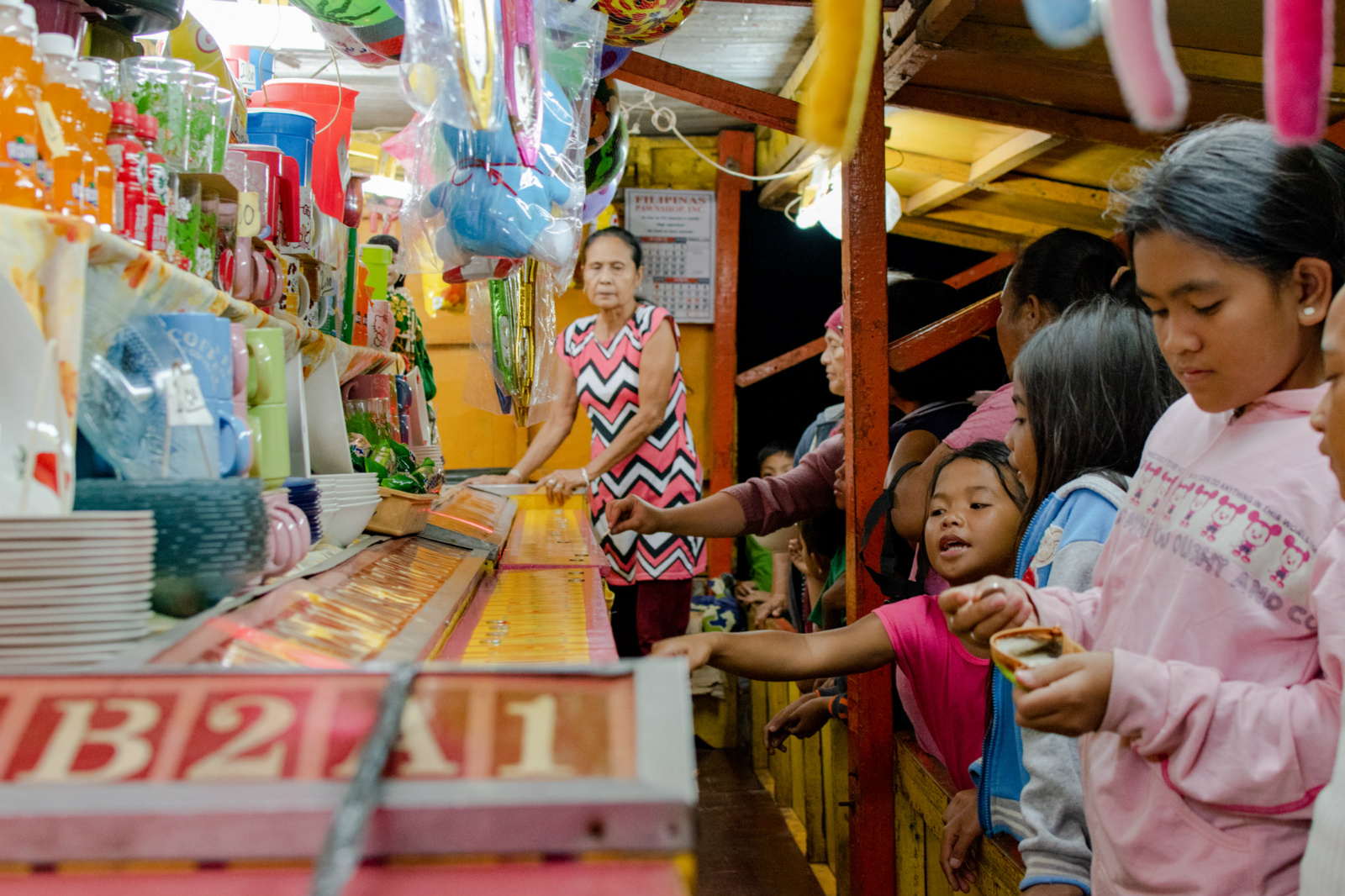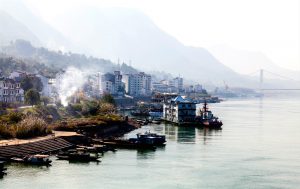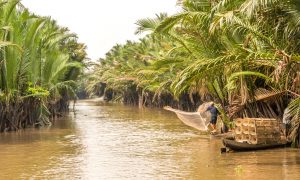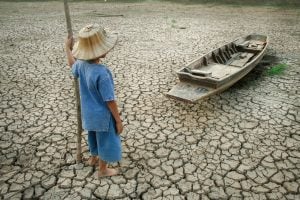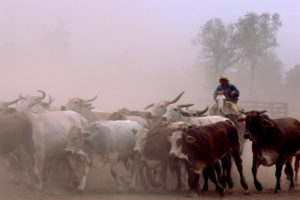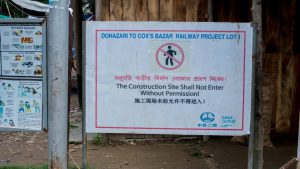The Philippinne government has given environmental clearance for the controversial Kaliwa dam project, despite consultation of the indigenous people who stand to be affected not being completed.
Water scarcity
It seems unthinkable at this time of year, when Manila is usually drenched by heavy rain and flash floods, that the Philippine’s capital region could go thirsty.
About 97% of the water used by Manila and neighbouring areas in Rizal and Cavite province – an area home to about 15 million people – comes from the Angat reservoir. The reservoir also produces hydroelectricity and its dam helps irrigate the provinces of Bulacan and Pampanga.
“After completion in 1967, the requirement for water supply on the Angat Reservoir has become severer as a single water source of domestic water demand in and around Metro Manila,” the World Bank noted in a 2012 study on the capital’s water security.
According to the Metropolitan Waterways and Sewerage System (MWSS), its two treatment plants can process 4 billion litres per day. However, the World Bank projected water demand in the service area to be more than 4.5 billion litres by 2020 and 5.3 billion by 2037.
One proposed solution to Manila’s water scarcity is to build a dam in the Kaliwa Watershed Forest Reserve, in the provinces of Rizal and Quezon. First mooted in the late 1970s, the project has been revived by the Duterte government and backed by a US$211-million loan from China’s Export-Import Bank.
Reynaldo Velasco, a board member and former administrator of MWSS, the government agency implementing the project, says the dam would provide water for the capital’s growing population for five to six years.
But it would also permanently change the Kaliwa watershed and inundate the ancestral lands of the Dumagat-Remontados indigenous people.
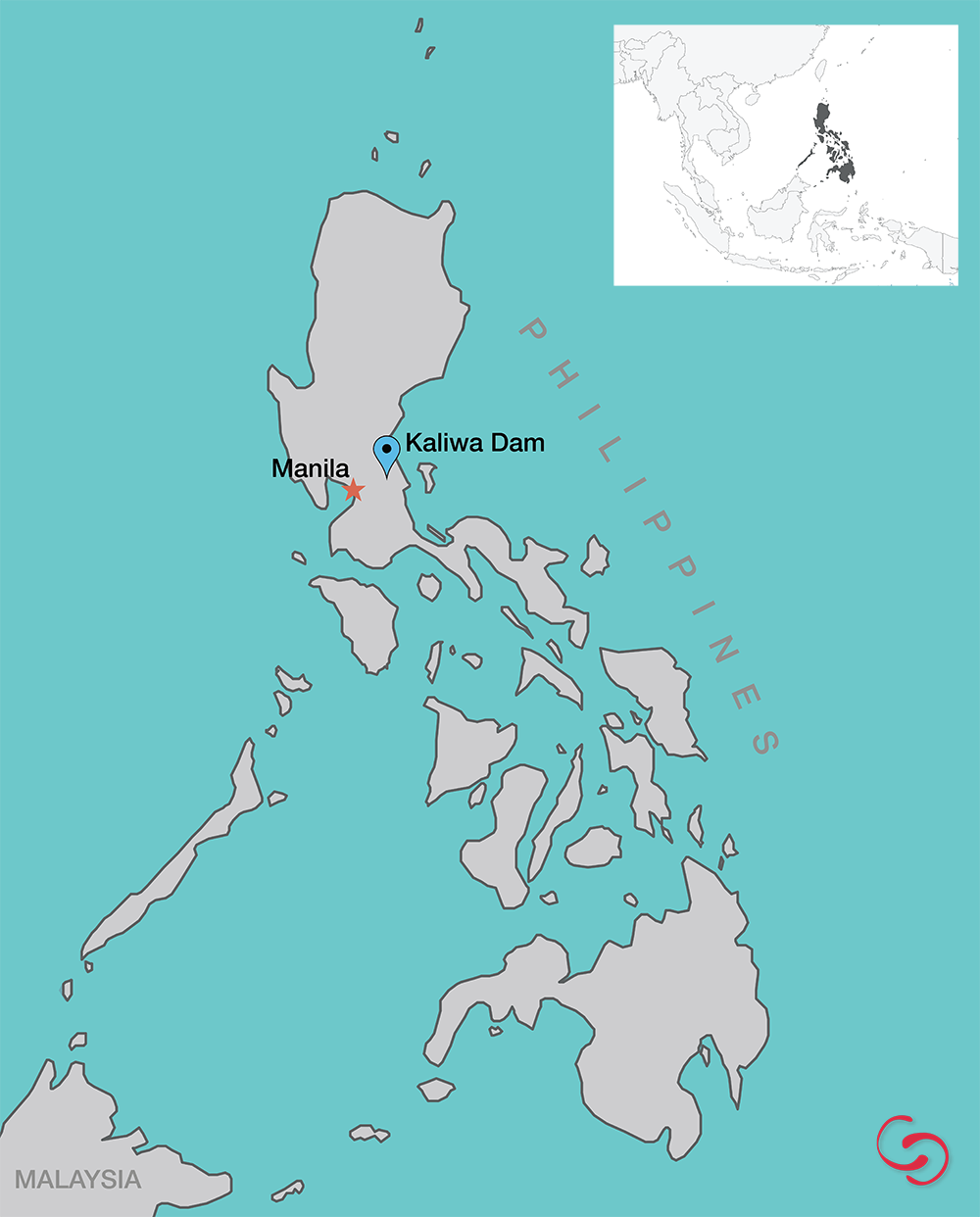
Flooding and habitat loss
According to an executive summary released by the Philippine Environmental Management Bureau, the 60-metre-high Kaliwa dam would flood 113 hectares and hold 57 million cubic metres of water.
The summary says completion of the dam will “entail permanent and irreversible changes in the ecology of the area”, including “loss of precious ecological values due to flooding of agricultural/forest areas, and wild lands and wildlife habitats”.
Environmental group Haribon has been warning since November 2018 that the project “will not only have devastating effects on people’s lives, [but] will also ravage the homes of thousands of threatened wildlife species in the Sierra Madre mountain forests including the critically endangered Philippine eagle”.
A separate environmental impact statement posted by the Environmental Management Bureau acknowledges that wildlife in the area, including threatened species, will be displaced and more prone to human contact and hunting.
“Habitat loss as a result of inundation of areas for the operation of the dam will cause displacement or mortality particularly for the less mobile species,” the study notes. Habitat loss will also mean crowding and increased competition among surviving species that reach higher ground.
The statement recommends collecting seeds and cuttings of ecologically important plants and trees for planting in degraded areas that will not be flooded by the project.
Workers on the project must also be prohibited from “any mode of wildlife collection and/or hunting… of remaining wildlife species”. However, that guideline would be difficult to enforce without expanding the number of forest rangers.
Households at risk
The Dumagat-Remontados people have resided in the Kaliwa Watershed Forest Reserve for centuries. Reynaldo Velasco told CNN Philippines that the project will only require 46 Dumagat-Remontados households to relocate but this claim is not supported by data from the Environmental Management Bureau.
According to its executive summary, 1,465 households in three villages in Rizal and Quezon will be affected, 1,041 of which “will be at risk of flooding and other effects of possible dam failure or dam break”.
The number of households that would be directly affected by the project is lower: 424 in Barangay Magsaysay and Pagsangahan.
The project “will also indirectly impact 56 indigenous people’s households and will place around 284 indigenous households at risk of flooding and other effects of possible dam failure or dam break,” the Environmental Management Bureau says.
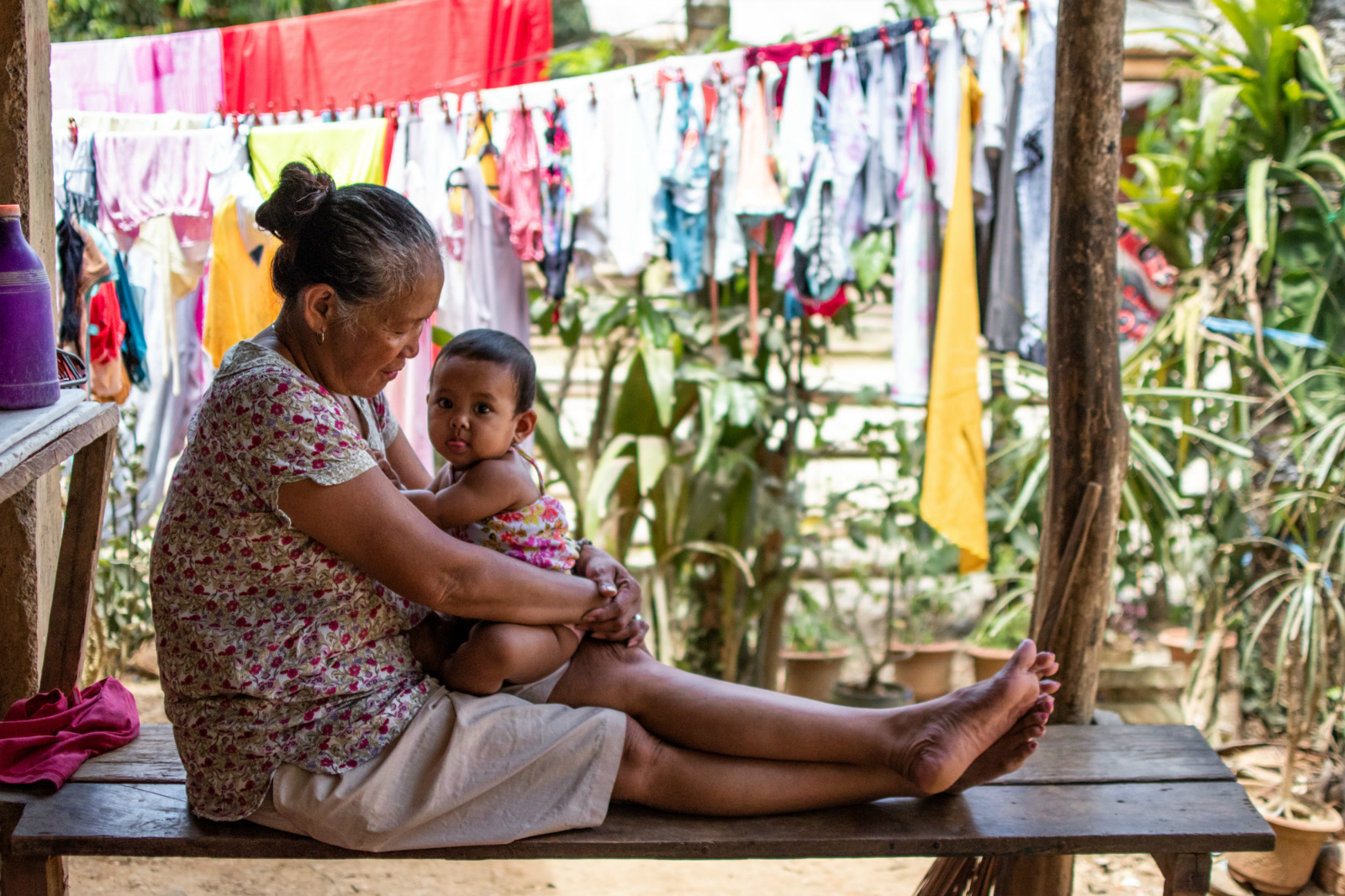
Mommy Crising and her granddaughter, Agatha (Image © Gabby Jimenez)
On top of the flood risk, the Dumagat-Remontados also face the loss of sacred areas, burial sites, subsistence farming plots and traditional hunting grounds.
They have raised this concern at focus group discussions, public forums and in street protests. But the environmental impact statement says that “they have resigned themselves that the government has the right to take over their lands” and that they are only seeking compensation.
The statement also relegates resistance to the dam to “a few hard-core oppositionists including some politicians using the issue as their campaign slogan”.
This, despite a report by Tribal Centre for Development Foundation, an NGO that has been working with the Dumagat-Remontados communities, noting that four of six community clusters had signed resolutions opposing the project.
In the villages of Cablao and Queberosa in Quezon province, Dumagat-Remontados residents said they are worried about losing their homes, livelihoods and access to the river, leaving them like “birds in a cage”.
The impact statement suggests constructing a temporary mooring for the rafts and boats used for travel until an access road can be built to replace river travel to and from Queborosa altogether.
The residents of Queborosa, which is part of the projected spillway for the dam, will have to move either to a government identified relocation site or to higher ground in the same village.
The Catholic Bishops’ Conference of the Philippines, which often works with local people on environmental issues, has expressed opposition to the project after consulting the indigenous communities.
The bishops warned that flooding the Dumagat-Remontado ancestral domain will “[uproot] them from the Sierra Madre where their ancestors lived for centuries enjoying a symbiotic relationship with the earth like the children to their mother”.
The government granted the project an environmental compliance certificate on October 11, which was made public on October 21, bringing MWSS one step closer to breaking ground on Kaliwa dam.
However, the certificate stresses that MWSS needs to secure certification from the National Commission on Indigenous Peoples before any construction can start. That means it will still need to get the Dumagat-Remontados to agree to the project.
Mired in controversy
Government auditors had observed that bidding rules may have been flouted and that two other Chinese firms that bid for the project were only included to provide “a semblance of competitive bidding”.
Responding to the audit findings, MWSS said it has submitted its explanation to the Commission on Audit.
“Clearly, the government approvals to the Loan Agreement were secured in full coordination with all concerned agencies to implement this government flagship project which is part of [our] Water Security Program.”
It also said of audit observations that the project lacked certain documents on the loan agreement with the Export-Import (Exim) Bank of China.
That loan agreement has been questioned by progressive lawmakers in the Philippines Supreme Court because of the confidentiality around it and because it allegedly puts up government property as collateral.

(Image © Gabby Jimenez)
The loan agreement, which has since been made public, requires MWSS to keep the terms and conditions of the agreement confidential without prior written approval from Exim Bank.
Petitioners have also raised concerns over a provision in the loan agreement where MWSS “irrevocably waives any immunity on the grounds of sovereignty or otherwise for itself or property in connection with any arbitration proceeding”.
The Department of Finance stresses that loan agreements with China – the Kaliwa dam is one of 10 flagship projects funded through Chinese loans – have no collaterals.
It also said that “a waiver of immunity is standard across loan agreements the Philippines has signed, whether explicitly stated or implied via an agreement to arbitral proceedings”. The waiver, it says, only allows China Exim Bank to go to arbitration in case of default.
Thirsty city
Debate around the Kaliwa dam does not change the fact, however, that the Manila region will need more water, especially during the dry season. Haribon says the dam alone cannot meet this need because its completion is not expected before 2022.
“The restoration and conservation of forests in existing watersheds like Angat and La Mesa is not only more cost-effective but will ensure continued water supply for Metro Manila and nearby provinces for years to come,” the environmental group says, adding that the government should also rehabilitate existing reservoirs and make water distribution more efficient.
The group urges greater reuse of wastewater in agriculture and industry. And it says the government should consider tapping Laguna lake instead, a solution explored in the environmental impact statement. But that would require cleaning up pollution from industry and aquaculture.
The Catholic Bishops’ Conference of the Philippines put forth similar proposals as alternative sources of water while also advocating the harvesting of rainwater through catchment systems already required by decades-old law.
